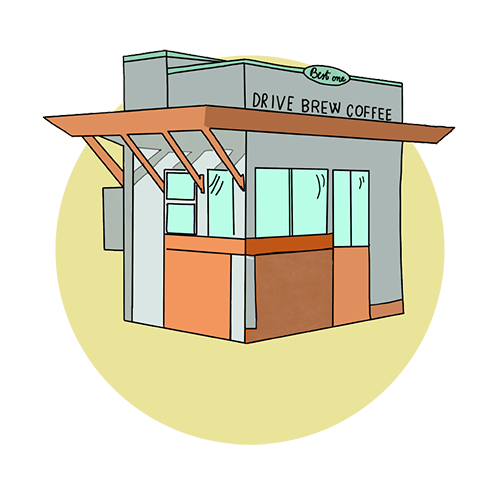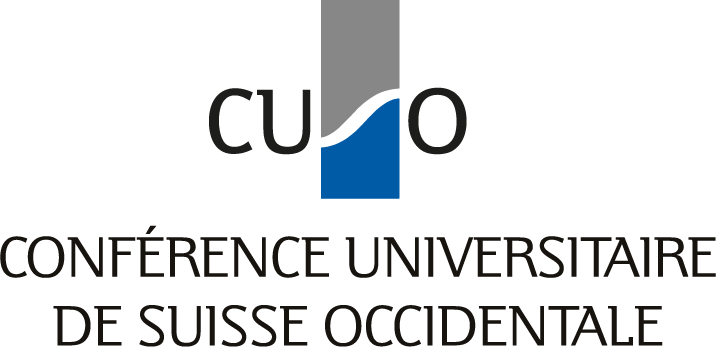Roads to Americana
Keywords: Expansive highway, Switchbacks of alpine intricacy, Slow curves and one lane traffic, PROTECTOR by Beyoncé.
Roads are as synonymous with travel in the US as interrail is synonymous with travel in Europe. This much we knew when we embarked upon our trip, the first day taking us from Billings, Montana to Gardiner, Montana. Aware and expectant of the images of the American West that circulate globally, we were still taken aback by the scale of the endless views and the amount of sky that the mountains in our home country prevent.
The first section of our journey is dotted with unironic and heartfelt Americana.
Oil refineries,
motels,
gas stations,
strip malls,
huge cars,
catalogue houses,
and small towns that are decorated in flags, rosettes, stars and stripes for 4th of July weekend.
We drive through Red Lodge on our way to Bear Tooth Plateau from which we plan to enter Yellowstone National Park. We look for a coffee shop but instead find a little hut that sells coffee via drive-thru. We try queuing but lose patience. The car in front of us keeps the motor running to power the AC inside.
In Red Lodge already, the bear makes an appearance. We are told that a mother and her cubs were sighted along the pass road just a few days ago. As we stop to take pictures on Bear Tooth Pass, which we see as part of embodying our research on tourism, we are passed by motorbikes that play loud rock music touting the hard-earned freedom that this country prides itself on. There can surely be nothing that signals liberation more strongly. We wonder whether, at home, we equally present such a stereotypical picture of what it means to be Swiss as the people we encounter in Montana and Wyoming do.
At the top of the plateau, we are struck again by the flatness of the landscape. Our home country has trained us on anticipating a steep drop after every high point. We see not a bear but a herd of white mountain goats, watched and observed by cars and their users. We notice quickly that driving is the main form of tourism in this area. The most stunning vistas overlooking valleys and lakes are equipped with parking lots and information signs on the geology, history and biology of the surroundings.
We notice also that people, the peoples who populated this area before European settlers and explorers, rarely feature in these signs. A premonition of what is to come.
At the entrance gate to Yellowstone, we learn that a 7-day pass per vehicle costs $35, which for us, as a group of 5, meant park entry cost $1 a day, while those foolish enough to enter the park by foot pay $20. The car in this instance is the main unit, and by no means the only skewed way the US measures stuff... (gallons, pounds, feet, inches, Fahrenheit, cups...)
Upon entering Lamar Valley, we briefly forget our critical anthropological lense, we are simply in awe. The first bison herd we spot is hundreds of meters away. Excitedly, we pull over in the next possible recess, we were told we must not stop on the road. We run back to where we saw the bison. As we run, cars pull up beside us, inquiring what we are running to see. We tell them WE SAW BISON. Most of them drive off uninterested, our running having suggested that we were chasing something much rarer and faster than these big leisurely animals. Some of the drivers are kind enough to tell us that further down, maybe a mile or so, a herd is grazing literally BY THE ROAD. We realise that information about animals’ whereabouts is a currency traded on the road. And we also realise that further down the road WE CAN ACTUALLY SEE BISON BY THE ROAD.
We stop at
not one
not two
but three
herds of Bison. By the time we reach the fourth, we briefly slow down, as everybody else does in front of us, and take pictures from our car seats, no longer feeling the novelty of sighting Bison. We have been in the park for just an hour.
As we are sat in the car, Esther tells us about figures she had read before coming. Something like 95% of the people visiting Yellowstone never move further than 100m away from the car. People do not or cannot do a lot of walking. We see how but we don’t understand why. In the whole of Lamar valley, there is only one hiking trail. There are lots of parking spots along the road, places to yield, places to stop. “It is not going to the park, it is driving through the park”, Esther says.
Our first encounter with the park helps us grasp its enormous dimensions. We think of the car as the only means by which its entirety becomes accessible. The freedom and reach are not the only positive feature of the car, of course. The car is safe. It protects you. Because nature is wild, dangerous and fearsome. And only from the car can wilderness be enjoyed carefree. For the protection of both humans and wildlife. The roads and therefore the vehicles are the boundaries that minimise interactions and that, as a ranger at Fort Yellowstone said, “help keep wildlife wild”. As if the merest contact with a human would domesticate the animals and plants, as if this wilderness was actually wild.
The next day we tackle Mammoth springs. Here too, broad walks keep people SAFE. There are signs warning visitors of the danger of thermal activity below. Any mishap might cause serious harm. And the day after that we visit Porcelain Basin. The smell of sulphur permeates everything. A dad tells his daughter that Yellowstone is the best place to fart because everywhere already smells of fart. Heat and moisture radiate from the ground and show the vivid inner life of Mother Earth. Every sensory preceptor is on. A couple of days after our departure from the US, there is news of a massive hydrothermal explosion that burst at Biscuit Basin and shredded the broad walks. Luckily no one was harmed. A reiteration of nature is dangerous.
And the day after that we see Old Faithful. We are part of hundreds of people. People who wait, gather, have their phone ready. They all wait in the sun. It starts, slowly, shoots up into the sky. It is underwhelming and unspectacular in comparison to other features of the park. At Old Faithful, the spectacle is its predictability. Before the geyser is done spewing out its insides, people leave early to avoid getting stuck in a traffic jam.
To get to these thermal basins we have to take Golden Gate Pass two days in a row. It gives us ample opportunity to admire the road as technology. The road as infrastructure. The road as a creative vision. The road as curation of an experience. We wonder what it takes to envisage the end product. The drive, the sights, the sites. Someone’s understanding of the landscape, someone’s vision of travel from back in the day is materialised in stone and experienced by numerous people every day during park season.
We make a point of going for a hike. Beaver Pond Loop. We encounter
A group of 4
A pair of 2
Another pair of 2
Then another pair of 2
Lots of prairie sage
Some elk
We walk, we film, we chat, we shout, we clap rhythms At the turnaround of the loop, we see
A pond
Another pond
Another pond
Another pond
Compared to the hundreds of people that flock around Mammoth Springs, the Porcelain Basin and Old Faithful, there are only few people on the three-hour hike around Beaver Pond. The trail is shaped into the landscape, the trampled earth distinctly visible among the lush greenery with logs signalling dead ends. We find this time away from the crowds and cars refreshing. We are worried we might encounter a bear, there are little notes at the trailhead that inform the daring hiker of the last bear sighting. At least we have bear spray. Again, we are told nature is dangerous and that we are hiking at our own risk. We feel almost guilty for enjoying ourselves.
There is no phone signal but plenty of gas stations in the park. We do not tire of driving. We switch and take turns. We indulge in lazy. We take the car to meet the others for breakfast and dinner. We embody the lifestyle.
The roads, broad walks and trails curate and control our experience of the park, of Montana, of Wyoming. It is a physical separation of humans from nature, through technology and infrastructure. It is also a conceptual separation of humans from nature by rendering both harmful to one another and therefore requiring and justifying this separation.
The park is one big drive-in. Which in itself is the most American.
Author: Kiah Rutz, [email protected]
suggested citation:
Rutz, Kiah. 2025. “Roads to Americana”. An Ethnographic Multimodal Journey Through Yellowstone National Park and the Wind River Reservation. CUSO. https://anthropology.cuso.ch/yellowstone/01-drive-in-coffee



